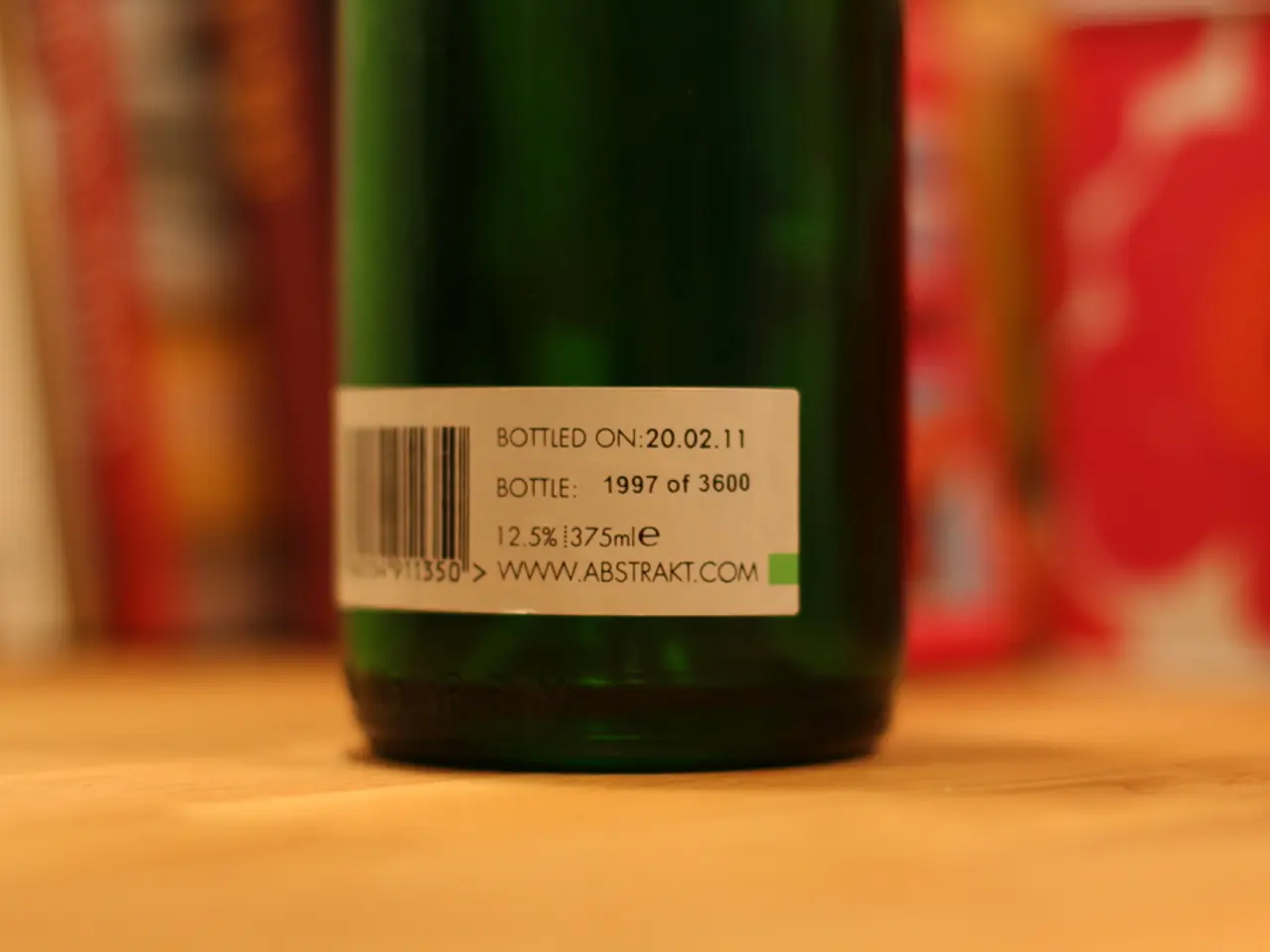Explosive Expansion of Globally Demanded Hazardous Material Packaging Industry Projected to Reach $27.0 Billion by the Year 2034
Hazmat Packaging Market: A Growing Sector Driven by Regulations, Sustainability, and Innovation
The Hazmat Packaging Market is experiencing significant growth, driven by increasing regulations on hazardous materials handling, expanding industrial activities, and rising safety awareness in transportation and storage of dangerous goods.
Market Segmentation
The market is typically segmented by product type, material type, and end-user industries. By product type, the market includes drums, intermediate bulk containers (IBCs), pails, bags, bottles, and others. Drums and IBCs are particularly significant due to their suitability for bulk hazardous materials with efficient handling and compliance needs.
By material type, common materials are plastic, metal, and fiberboard/cardboard. Plastic, such as high-density polyethylene, dominates due to its chemical resistance, lightweight nature, and recyclability, while metal is used for highly corrosive substances or high-strength requirements.
The major sectors using hazmat packaging include chemicals, pharmaceuticals, oil and gas, agriculture, manufacturing, and transportation. The chemical industry is the largest end-user due to its volume of hazardous substances requiring secure packaging.
Growth Factors
Key growth factors include the need for compliance with stringent global safety standards, demand for sustainable and reusable packaging, and advancements in packaging materials that enhance durability and chemical resistance.
Market Opportunities
Opportunities in the hazmat packaging market include the shift towards eco-friendly packaging solutions, with companies like Bambrew securing $10.3 million in July 2025 and Movopack raising $2.5 million in December 2024. This trend is driven by a growing demand for eco-conscious solutions, despite the higher cost of sustainable materials and technology.
The Asia Pacific region is growing significantly, fueled by industrialization and an expanding chemical sector. The Middle East & Africa's market is growing moderately, supported by expanding oil and gas industries and infrastructure developments.
The adoption of smart packaging technologies like real-time tracking, temperature monitoring, and sensor integration is also contributing to market growth.
In Latin America, particularly in Brazil and Mexico, the market is evolving, with increasing chemical industry production and stricter safety regulations. Europe is experiencing steady growth due to robust industrial bases and government initiatives.
Key Trends
Intermediate Bulk Containers (IBCs), a key segment of hazmat packaging, show significant growth with a CAGR of approximately 5.9% from 2025 to 2032, driven by efficiency improvements like folding designs and material innovations (plastic IBCs dominate with roughly 75% market share).
The use of advanced materials such as elastomer-coated fabrics and multi-layer composites in packaging enhances fire resistance and chemical protection, contributing indirectly to hazmat packaging efficacy.
Regulatory pressures drive the adoption of compliant packaging solutions globally, especially in regions with active chemical manufacturing clusters.
In summary, the Hazmat Packaging Market growth is propelled by regulatory demands, industrial growth, safety improvements, and material innovation, while segmented mainly by product type (drums, IBCs, etc.), material (plastic, metal, fiberboard), and end-user industries (chemicals, pharma, oil & gas).
- The growth in the Hazmat Packaging Market is due to increasing regulations on hazardous materials handling, expanding industrial activities, and rising safety awareness in transportation and storage of dangerous goods, particularly in sectors like chemicals, pharmaceuticals, oil and gas, agriculture, manufacturing, and transportation.
- By product type, the market includes drums, intermediate bulk containers (IBCs), pails, bags, bottles, and others, with drums and IBCs being significant due to their suitability for bulk hazardous materials.
- By material type, common materials are plastic, metal, and fiberboard/cardboard, with plastic dominating due to its chemical resistance, lightweight nature, and recyclability.
- Key growth factors in the Hazmat Packaging Market include the need for compliance with stringent global safety standards, demand for sustainable and reusable packaging, and advancements in packaging materials that enhance durability and chemical resistance.
- Opportunities in the hazmat packaging market include the shift towards eco-friendly packaging solutions, with companies like Bambrew securing funds and Movopack raising money for this trend.
- The Asia Pacific region is growing significantly, fueled by industrialization and an expanding chemical sector, while Europe is experiencing steady growth due to robust industrial bases and government initiatives.
- Advanced materials such as elastomer-coated fabrics and multi-layer composites are being used in packaging to enhance fire resistance and chemical protection, contributing indirectly to hazmat packaging efficacy.




